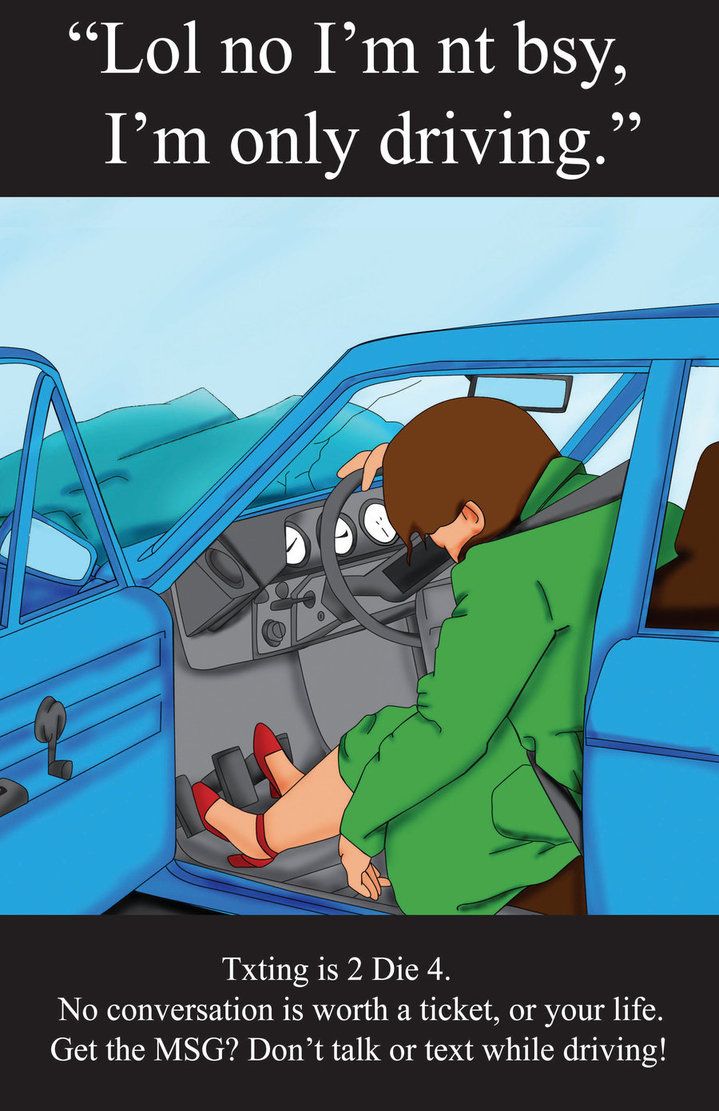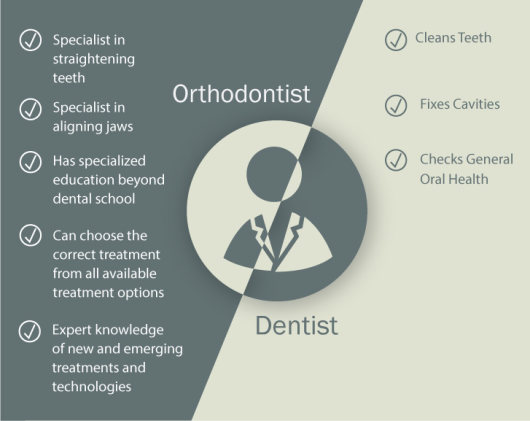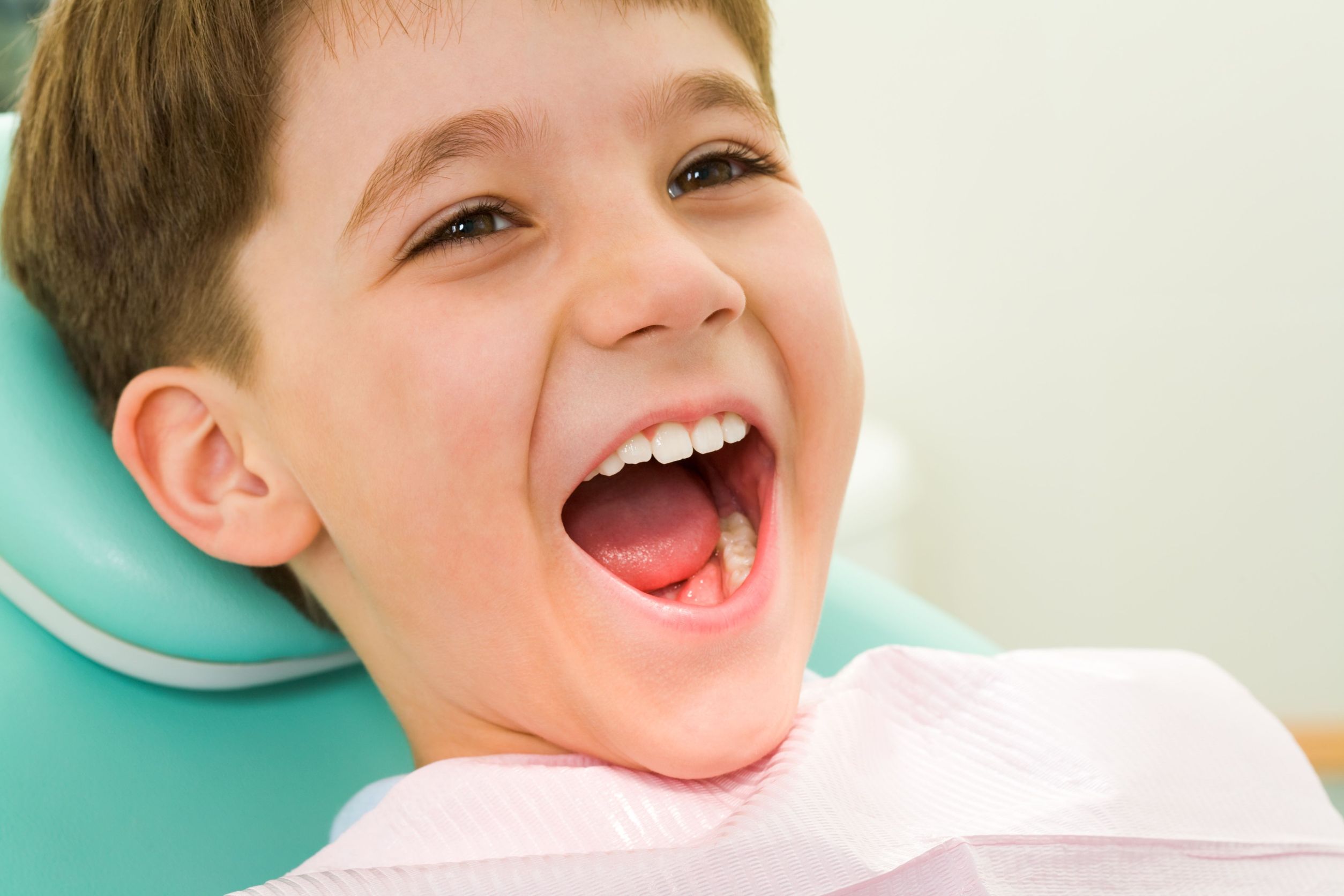On June 8, a report was released stating that Tennessee bus crash that left two young girls and a teacher’s aide dead last December was the result of texting and driving. James Davenport, the driver of the bus, was found dead in his home on June 1.
While this story is tragic, texting and driving is far from unusual. A staggering 49 percent of adults admit to texting and driving, even though 98 percent of adults say they know the practice is unsafe.
Below are 10 statistics that show how dangerous texting and driving really is.
9 — Number of Americans killed every day from motor vehicle accidents that involved distracted driving, such as using a cellphone, texting or eating.
1 in 4 — The probability that a motor vehicle crash involved a cellphone.
40% — The percentage of teens who say they have been a passenger in a car whose driver used a cellphone in a way that put them in danger.
33% —The percentage of U.S. drivers ages 18 to 64 who reported reading or writing text messages while driving in the previous month. In comparison, only 15 percent of drivers from Spain reported texting while driving in the same period.
341,000 —Number of motor vehicle crashes in 2013 that involved texting
4X — How much using a cellphone while driving increases the risk of a crash.
2 — Number of seconds a driver can safely glance away from the road while operating a motor vehicle.
5 —Number of seconds drivers take their eyes off the road to send a text message, on average.
46 — Number of states (plus Puerto Rico, Guam and the U.S. Virgin Islands) where texting is banned for all drivers, regardless of age.
21 – 24 — Age group most likely to send a text or email message while driving.


What’s the Difference Between a Dentist and an Orthodontist?

First Pediatric Orthodontist Visit
The goal of the first appointment is to determine if treatment is needed and, if so, where to start. A thorough clinical examination is given. Photographs and x-rays of the teeth and mouth will be taken. The orthodontist will give a diagnosis, explain any...

Tips For Adults With Braces
When you have braces on teeth, those teeth need extra attention to protect them from decay, staining and gum disease. You should also take precautions to avoid damaging the braces. For example, activities to avoid include eating chewy or sticky sweets,...

